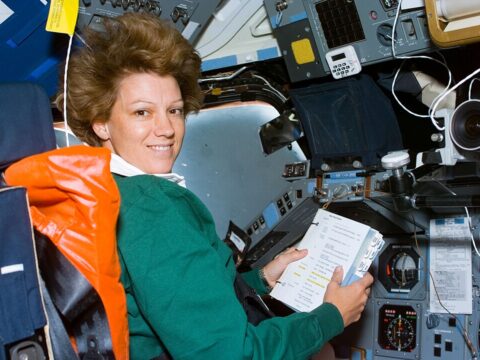NASA has been at the forefront of space exploration for decades, but not every idea made it off the ground. Some of the most ambitious and creative concepts were left behind, never reaching space. In this list, we explore 14 groundbreaking NASA projects that, despite their potential, remained earthbound.
Contents
The Mars Voyager Program
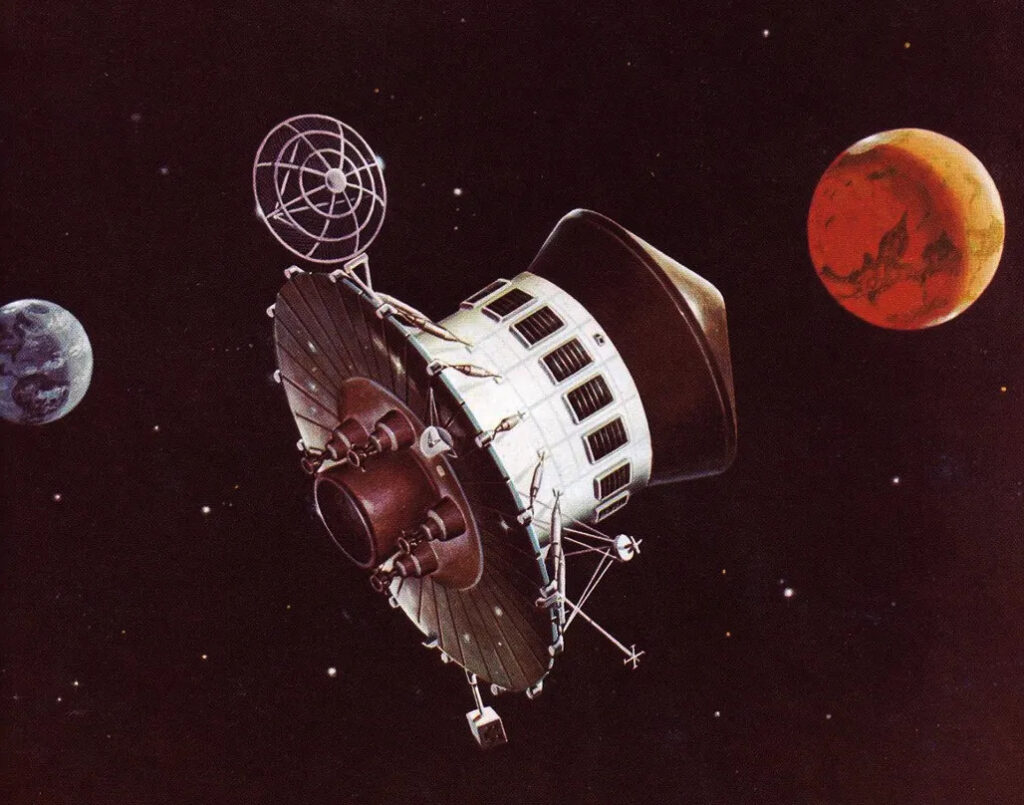
The Mars Voyager Program was an early concept developed in the 1960s to explore the red planet with orbiters and landers. It was scrapped in favor of the more feasible Viking missions. This program aimed to gather more comprehensive data about Mars’ surface, atmosphere, and potential for life, but budget constraints and shifting priorities caused NASA to redirect its focus. Had it been implemented, Mars Voyager would have provided valuable insights into Mars’ geology and climate decades earlier.
The Manned Venus Flyby
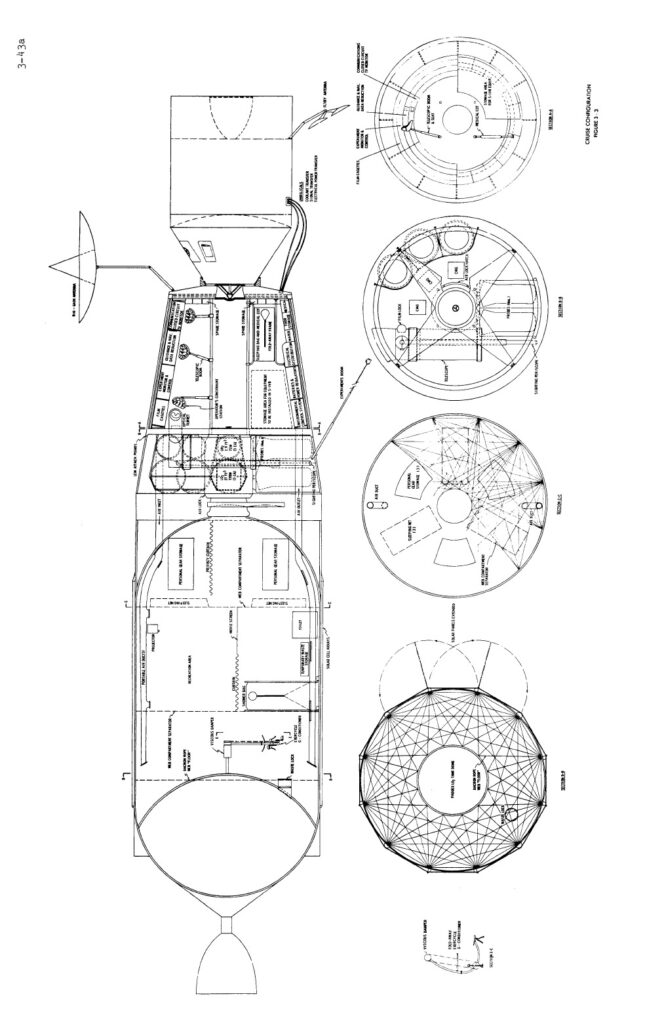
The Manned Venus Flyby was a bold plan to send astronauts around Venus and back to Earth without landing. Proposed during the Apollo era, the mission aimed to capitalize on momentum from lunar landings. The spacecraft would have used a gravity assist from Venus to return to Earth. The mission was ultimately abandoned due to technological challenges and shifting interest toward Mars, but it remains an exciting example of early human space exploration ambitions.
NERVA Nuclear Rocket
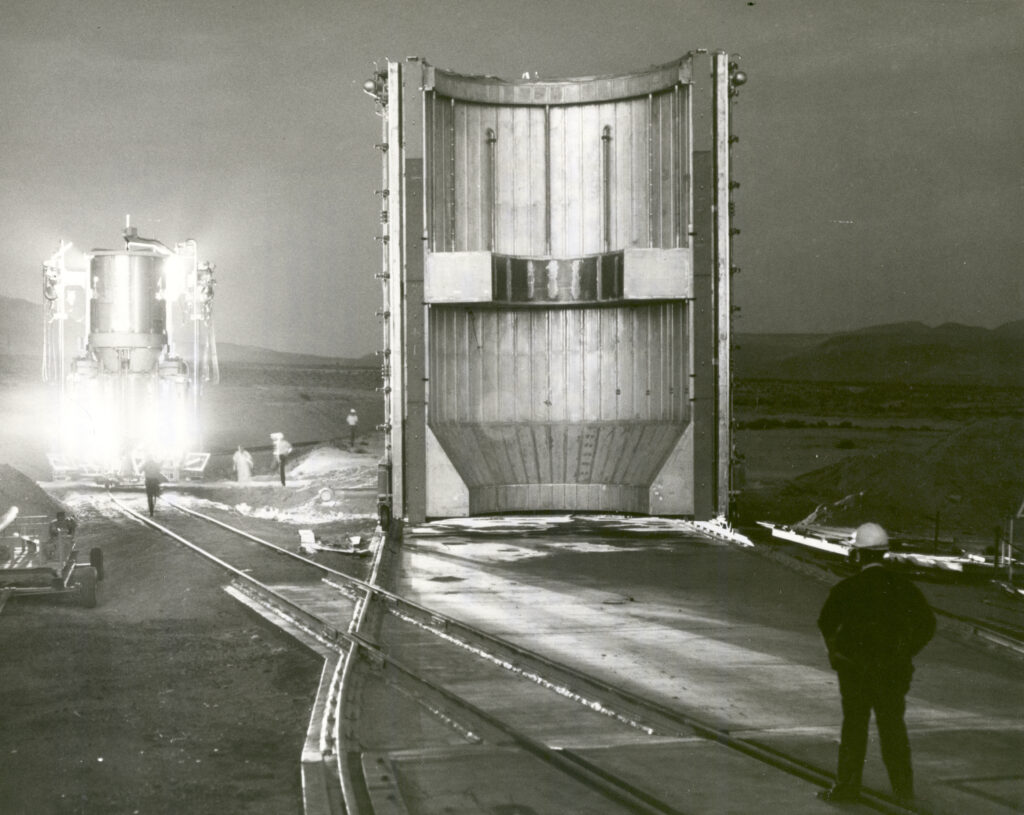
The Nuclear Engine for Rocket Vehicle Application (NERVA) was NASA’s venture into nuclear-powered propulsion, designed for long-duration deep space missions. NERVA would have significantly reduced travel times to Mars and beyond by using nuclear fission to heat hydrogen fuel. Despite successful tests, the project was shelved due to funding cuts and concerns about nuclear safety. If completed, NERVA could have revolutionized space exploration by enabling faster, more efficient travel to distant planets.
The X-20 Dyna-Soar
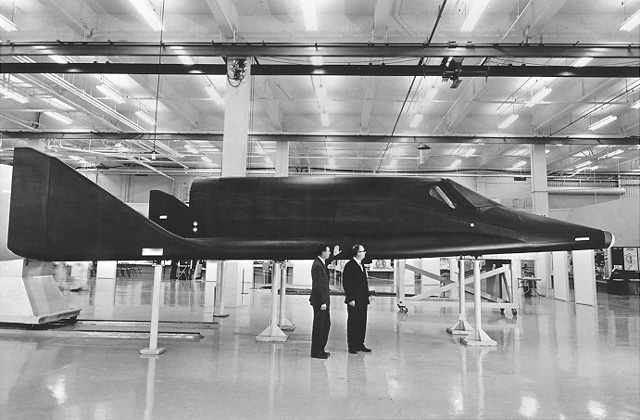
The X-20 Dyna-Soar was a spaceplane concept aimed at military reconnaissance and potentially orbital bombing during the Cold War. It was designed to be launched atop a rocket and glide back to Earth after completing its mission. Although its development was well underway, it was canceled in favor of the Gemini program. The Dyna-Soar is considered a predecessor to the Space Shuttle, highlighting early interest in reusable spacecraft technology.
Project Orion
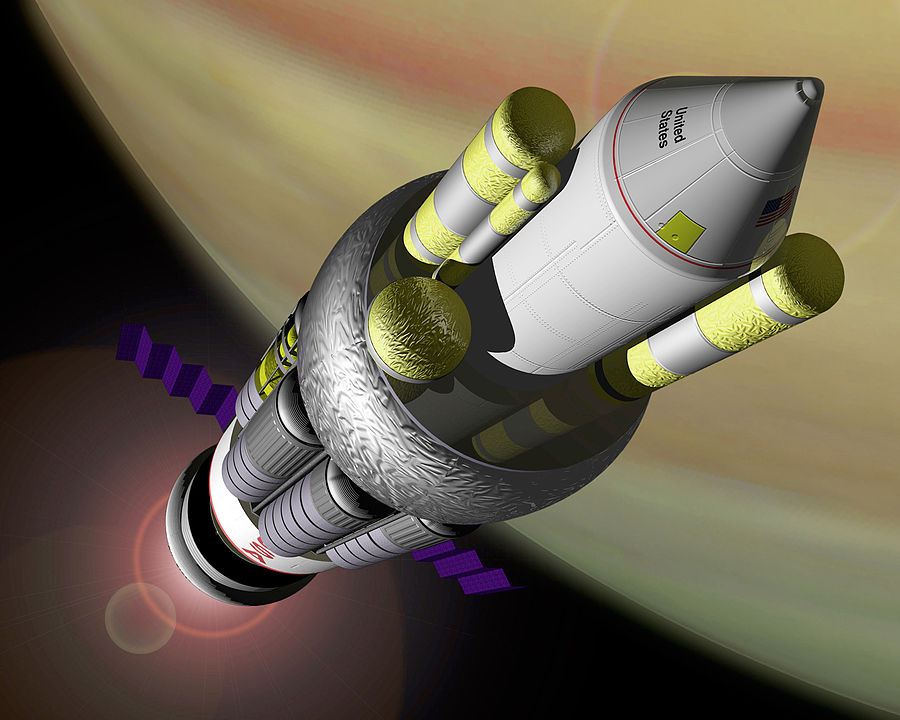
Image Editorial Credit: Shutterstock.com
Project Orion was an ambitious and controversial concept that proposed using controlled nuclear explosions to propel a spacecraft into deep space. This spacecraft design, first developed in the late 1950s, would have enabled rapid travel to other planets or even other stars. Although theoretically sound, the project faced ethical and environmental concerns regarding the use of nuclear explosions and was ultimately scrapped.
The Manned Orbiting Laboratory (MOL)
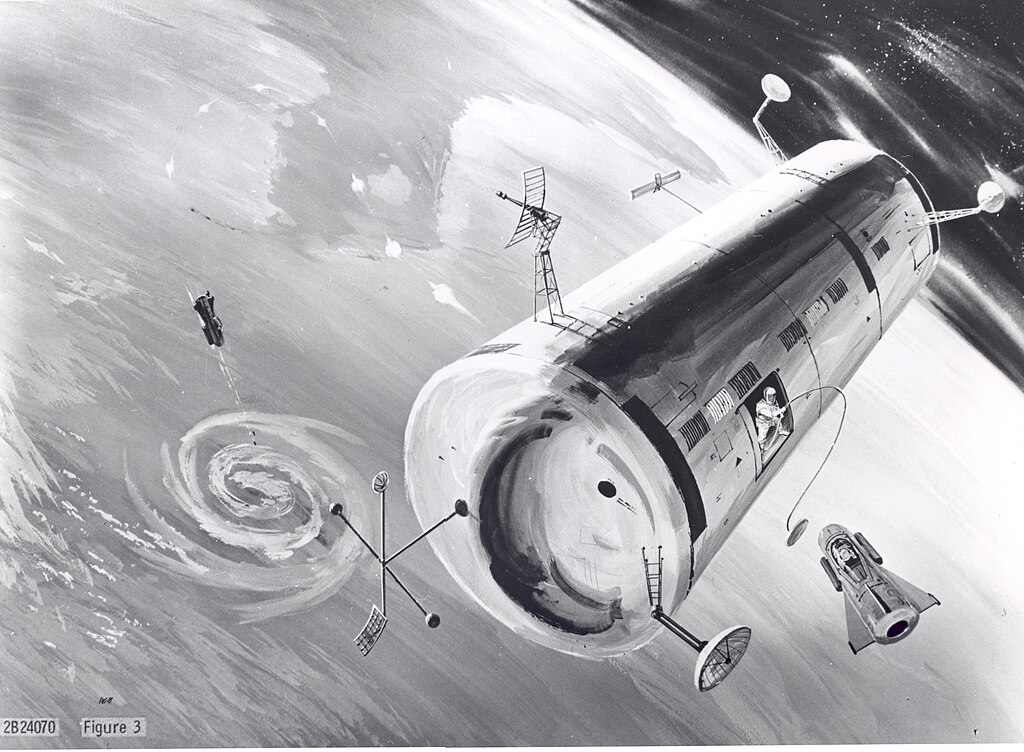
Image Editorial Credit: Shutterstock.com
The Manned Orbiting Laboratory was a military space station intended for reconnaissance during the Cold War. It would have allowed astronauts to perform surveillance tasks directly from space, offering a strategic advantage over unmanned satellites. Canceled due to the advancement of robotic surveillance technology, MOL nonetheless provided valuable insights into how human spaceflight could be integrated with military objectives.
The Sea Dragon
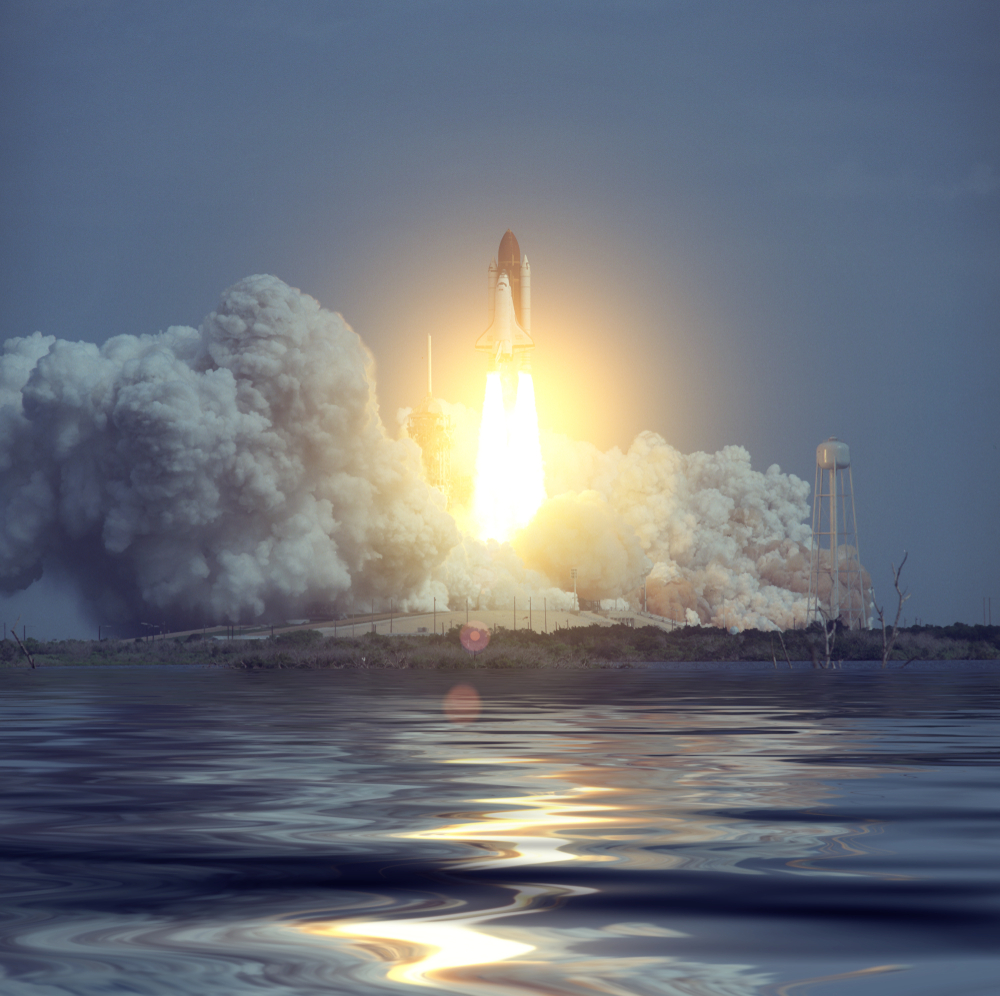
Image Editorial Credit: Shutterstock.com
The Sea Dragon was a gargantuan rocket design conceived to be launched from the ocean, allowing for massive payloads and lower costs due to simplified infrastructure. With a payload capacity far surpassing the Saturn V, Sea Dragon could have revolutionized space cargo transport. However, its enormous scale and complexity led to its cancellation before construction could begin.
X-33 and VentureStar

The X-33 and VentureStar were NASA’s efforts to create a reusable, single-stage-to-orbit spaceplane, which would have drastically reduced the cost of getting to space. Unlike the Space Shuttle, these vehicles wouldn’t require external boosters or fuel tanks. Unfortunately, technical challenges, including issues with the composite fuel tanks, led to the project’s cancellation, though it laid the groundwork for future
The Mars Sample Return Mission

A Mars Sample Return mission has long been considered the next major step in Mars exploration. The concept involves sending a spacecraft to Mars, collecting samples from the surface, and returning them to Earth for analysis. Although repeatedly proposed, it has faced numerous delays due to its high cost and technical complexity. NASA continues to work toward this goal, but it remains unrealized.
Solar Power Satellites
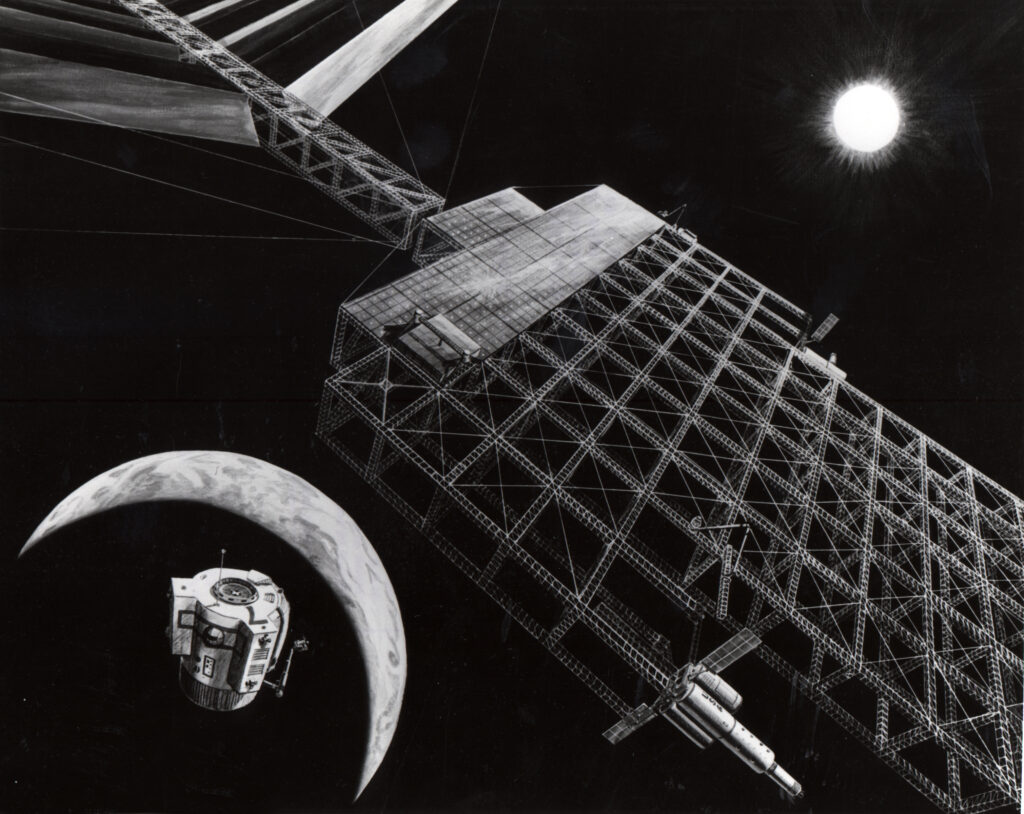
Solar Power Satellites were conceived as a means to generate solar energy in space and beam it back to Earth using microwave or laser technology. The concept aimed to provide an endless supply of clean energy but faced significant technological hurdles and high costs. While the idea remains theoretically possible, no operational solar power satellites have been built, though it remains a promising area of future research.
Mars Ascent Vehicle (MAV)
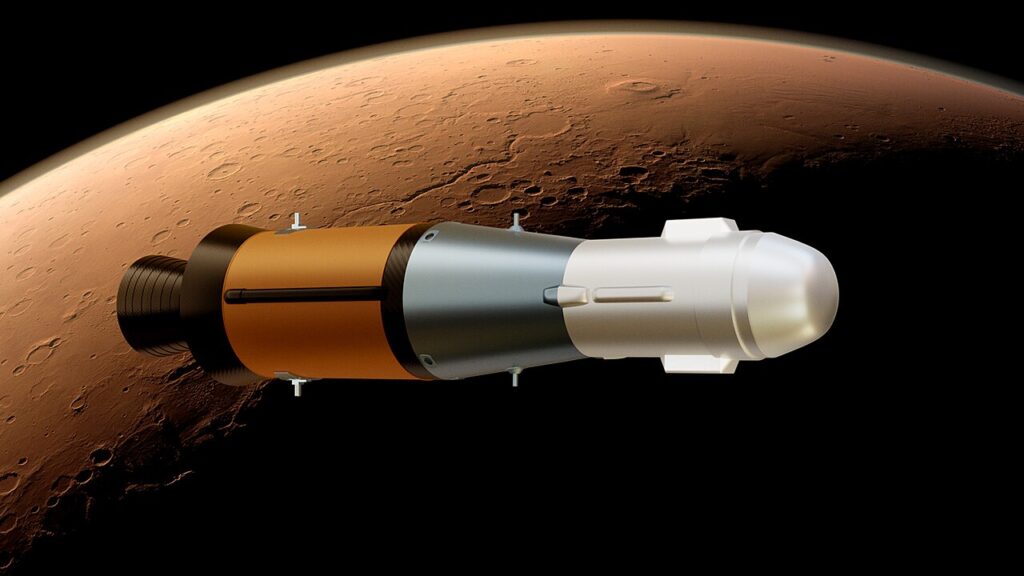
The Mars Ascent Vehicle was designed to be the first stage of a mission to bring samples or humans back from Mars. While various designs were proposed, none have yet been built due to the challenges of launching from another planet’s surface. The MAV remains a key component in future Mars missions, though it has yet to be realized in any concrete form.
Project Morpheus

Project Morpheus was a vertical takeoff and landing test bed designed to explore autonomous landing systems for future space missions. It could land on planetary bodies with little atmosphere, such as the Moon or asteroids. Though the project successfully demonstrated these technologies, it was eventually canceled, leaving its potential application for future missions unexplored.
The Starship
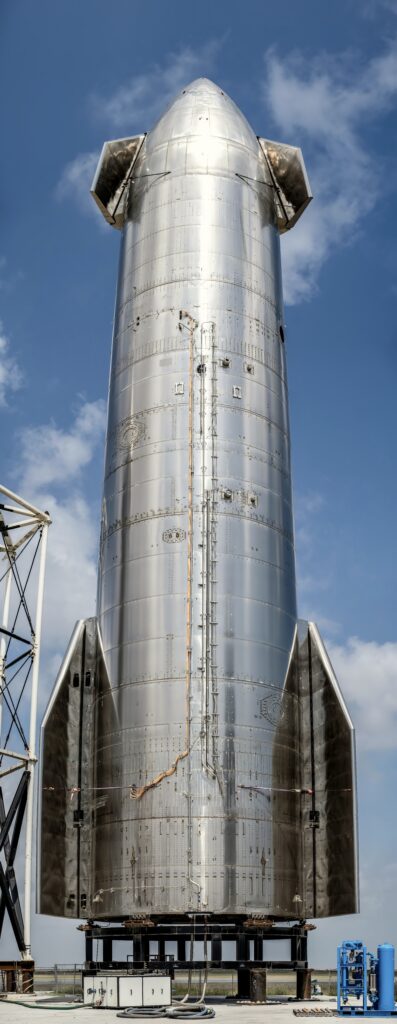
The Starship concept envisioned a multi-generational spacecraft that could travel between stars, carrying humans on long-term journeys beyond our solar system. This concept would require immense resources and breakthroughs in technology, and it has remained more of a science fiction dream than a practical project. However, it represents humanity’s long-term ambitions for interstellar travel.
Skylab II
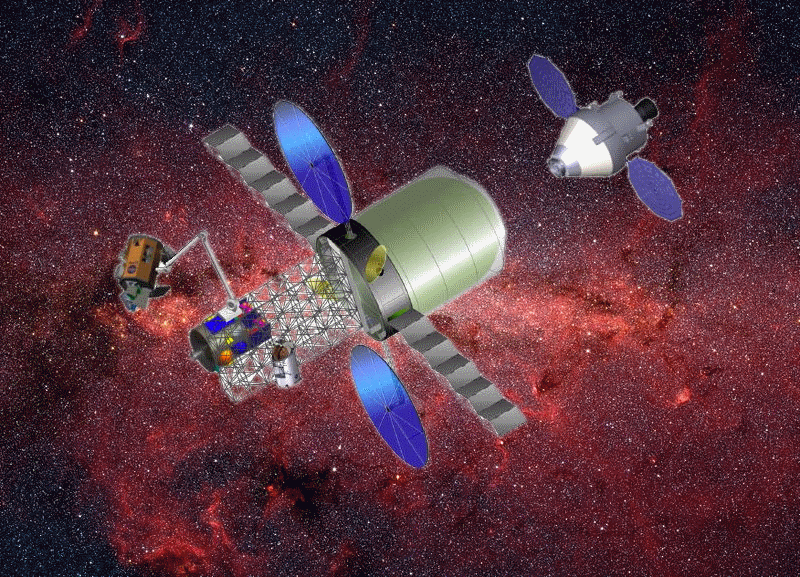
Following the success of the original Skylab space station, NASA proposed a second, more advanced version of the station. Skylab II would have expanded on the research potential of its predecessor, providing a long-term orbital laboratory for space science. Despite strong support, Skylab II was never built due to funding limitations and the rising costs of the Space Shuttle program.
This article originally appeared in MyCarMakesNoise.
More from MyCarMakesNoise
25 Sports Cars with Astonishingly Low Weight Ratios

When it comes to performance, weight plays a crucial role in how a sports car handles and accelerates. Lighter cars often deliver a more responsive and thrilling driving experience. In this article, we explore 25 sports cars with astonishingly low weight ratios that set them apart on the road. Read More
The 15 Most Common Errors in the Trucking Industry

The trucking industry is vital to keeping goods moving across the country, but it’s not without its challenges. Mistakes can happen, and when they do, they can lead to costly delays, safety risks, and even damage to your reputation. Read More
15 Rare Vintage Airplanes You’ll Never See Again

The world of aviation has seen countless remarkable airplanes, but some have become so rare that they’ve all but disappeared from the skies. These vintage aircraft, once marvels of engineering, are now nearly impossible to find. Read More




